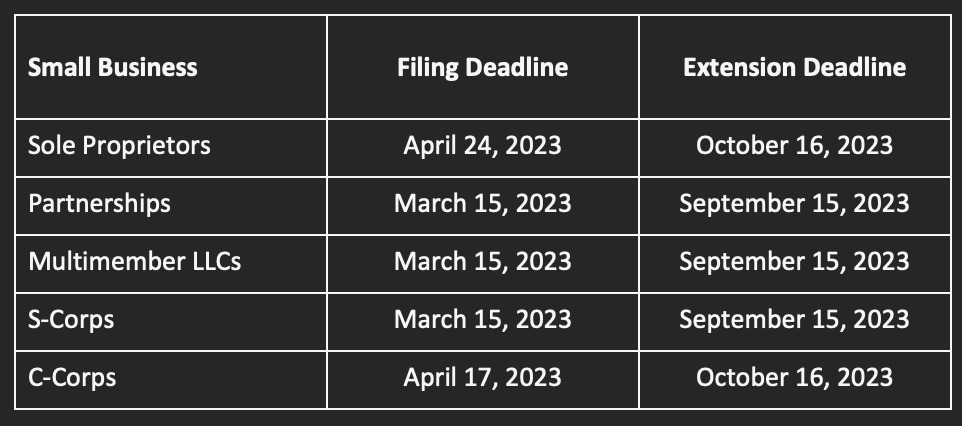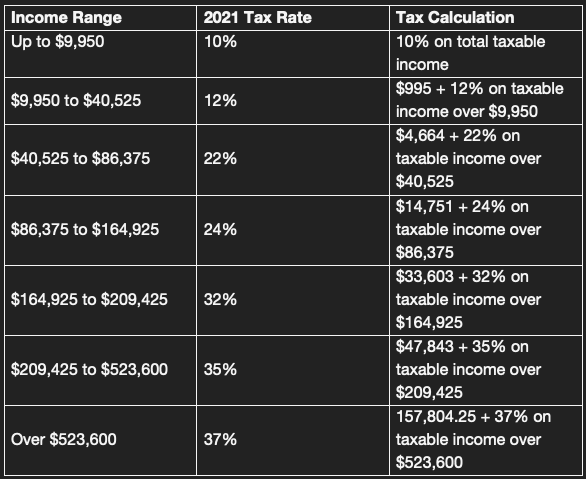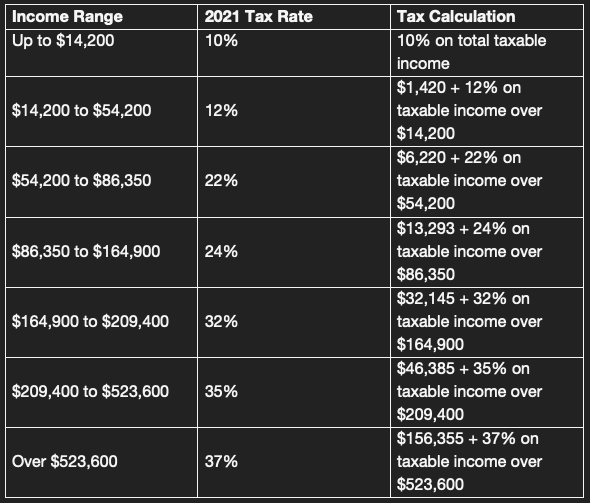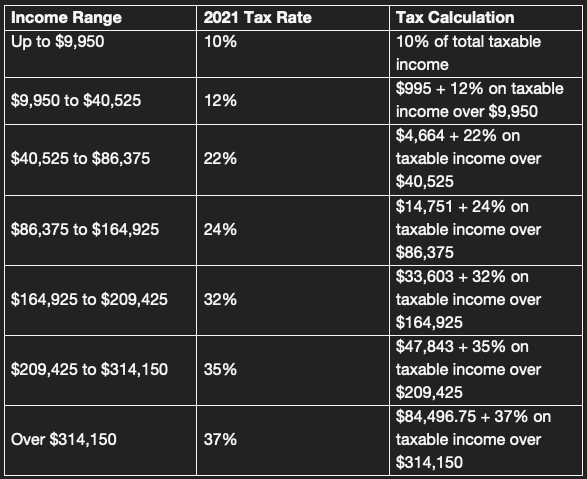Welcome to the exciting world of property taxes! In this article, we’ll be discussing how assessors calculate your annual property tax liability.
Are you thinking about buying a new home? If so, then there are a lot of things to take into account. One of the most important factors for many people is the community they’ll be living in. But another important consideration is how your property taxes will contribute to supporting your local area through things like schools and infrastructure. In the United States, all 50 states have laws requiring most property owners to pay real estate taxes. These taxes can vary from state to state.
When you’re searching for a new home, it’s important to keep property taxes in mind. They can add a significant amount to your overall homeownership costs. Here’s some basic information on property taxes, including a state-by-state breakdown, to help you get started.
What Are Property Taxes?
There are a few things to know about paying your real estate taxes. They’re based on the assessed value of your home, and rates can vary by state. But generally speaking, this is a tax that homeowners pay to their county or local government. So, when budgeting for your annual expenses, be sure to factor in your real estate taxes.
As a homeowner in the United States, you are likely responsible for paying property taxes on a monthly basis, along with your mortgage payments. Once you pay off your loan, you may receive a bill for the tax from local government periodically throughout the year. The money collected through property taxes goes towards supporting the community, including infrastructure improvements, public services and local public schooling.
What Are Property Taxes Based On?
The value of your home is important for many things, including your property taxes. It’s important to know that the assessed value for property taxes may not always match the actual value of your home. This can affect how much you owe in taxes. Property tax amounts can vary depending on the state and county you live in, as well as the overall value of your home. This includes both the land and any structures on it.
The first thing you need to know is that all calculations are based on a unit called a mill, which is equal to one-thousandth of a dollar. With that in mind, let’s take a look at the three values that are used to find your annual property tax liability:
- the state tax rate
- the assessment ratio (the portion of the property value subject to tax),
- and the property value.
States Ranked By Property Tax
State Property Taxes ranked from the lowest to highest
*$217,500 is the median home value in the U.S. as of 2019, the year of the most recent available data.
| Rank | State | Real Estate Tax Rate | Annual Property Tax | Average Home Price |
| 1 | Hawaii | 0.28% | $606 | $615,300 |
| 2 | Alabama | 0.41% | $895 | $142,700 |
| 3 | Colorado | 0.51% | $1,113 | $343,300 |
| 4 | Louisiana | 0.55% | $1,187 | $163,100 |
| 5 | D.C | 0.56% | $1,221 | $601,500 |
| 6 | Delaware | 0.57% | $1,240 | $251,100 |
| 6 | South Carolina | 0.57% | $1,238 | $162,300 |
| 8 | West Virginia | 0.58% | $1,269 | $119,600 |
| 9 | Nevada | 0.60% | $1,310 | $267,900 |
| 10 | Wyoming | 0.61% | $1,319 | $220,500 |
| 11 | Arkansas | 0.62% | $1,358 | $127,800 |
| 12 | Utah | 0.63% | $1,362 | $279,100 |
| 13 | Arizona | 0.66% | $1,446 | $225,500 |
| 14 | Idaho | 0.69% | $1,492 | $212,300 |
| 15 | Tennessee | 0.71% | $1,548 | $167,200 |
| 16 | California | 0.76% | $1,644 | $505,000 |
| 17 | New Mexico | 0.80% | $1,740 | $171,400 |
| 18 | Mississippi | 0.81% | $1,751 | $119,000 |
| 19 | Virginia | 0.82% | $1,779 | $273,100 |
| 20 | North Carolina | 0.84% | $1,833 | $172,500 |
| 20 | Montana | 0.84% | $1,818 | $230,600 |
| 22 | Indiana | 0.85% | $1,853 | $141,700 |
| 23 | Kentucky | 0.86% | $1,866 | $141,000 |
| 24 | Florida | 0.89% | $1,934 | $215,300 |
| 25 | Oklahoma | 0.90% | $1,952 | $136,800 |
| 26 | Georgia | 0.92% | $2,006 | $176,000 |
| 27 | Oregon | 0.97% | $2,116 | $312,200 |
| 27 | Missouri | 0.97% | $2,111 | $157,200 |
| 29 | Washington | 0.98% | $2,134 | $339,000 |
| 29 | North Dakota | 0.98% | $2,138 | $193,900 |
| 31 | Maryland | 1.09% | $2,370 | $314,800 |
| 32 | Minnesota | 1.12% | $2,429 | $223,900 |
| 33 | Alaska | 1.19% | $2,599 | $270,400 |
| 34 | Massachusetts | 1.23% | $2,667 | $381,600 |
| 35 | South Dakota | 1.31% | $2,857 | $167,100 |
| 36 | Maine | 1.36% | $2,953 | $190,400 |
| 37 | Kansas | 1.41% | $3,060 | $151,900 |
| 38 | Michigan | 1.54% | $3,343 | $154,900 |
| 39 | Ohio | 1.56% | $3,390 | $145,700 |
| 40 | Iowa | 1.57% | $3,407 | $147,800 |
| 41 | Pennsylvania | 1.58% | $3,442 | $180,200 |
| 42 | Rhode Island | 1.63% | $3,548 | $261,900 |
| 43 | New York | 1.72% | $3,749 | $313,700 |
| 44 | Nebraska | 1.73% | $3,754 | $155,800 |
| 45 | Texas | 1.80% | $3,907 | $172,500 |
| 46 | Wisconsin | 1.85% | $4,027 | $180,600 |
| 47 | Vermont | 1.90% | $4,135 | $227,700 |
| 48 | Connecticut | 2.14% | $4,658 | $275,400 |
| 49 | New Hampshire | 2.18% | $4,738 | $261,700 |
| 50 | Illinois | 2.27% | $4,942 | $194,500 |
| 51 | New Jersey | 2.49% | $5,419 | $335,600 |
State Property Tax Exemptions
As a homeowner in the United States, you are generally required to pay property taxes. However, there are some exceptions where certain properties may be exempt from this tax. This is different from a tax deduction, which only lowers the amount of taxes that an individual or group owes. Property tax exemptions can include qualifying individuals such as senior citizens, STAR participants, those with disabilities and veterans. Certain eligible government entities, nonprofit organizations and religious groups may also fall under an exemption.
















